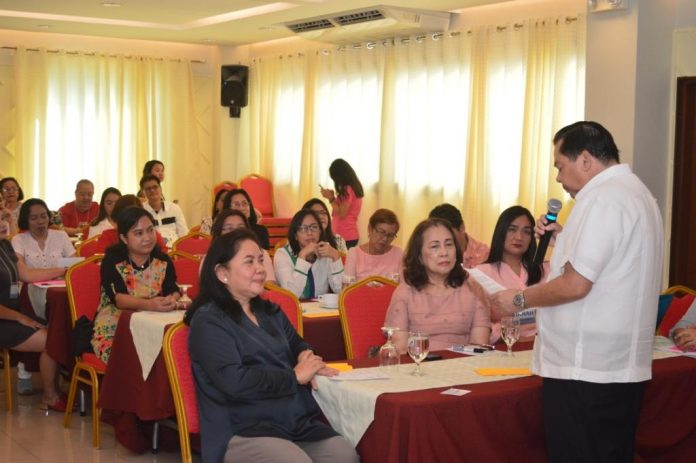
ILOILO City – The Iloilo City Task Force on Street Children (ICTFSC) has started working on a roadmap to design, prioritize and invest in the improvement of programs and service delivery for children in street situations (CiSS).
Headed by First Lady Rosalie S. Treñas, ICTFSC has partnered with the Street Children NGO Support Project of Lifebank Foundation and CORE Philippines, Inc. for the development of a blue print.
Treñas said they are leveling up efforts and embarking on various interventions and solutions to mitigate numerous challenges concerning CiSS.
“We recognize that government and nongovernment partners, the academe, the private sector, communities and families, and other stakeholders must work together in a cohesive manner to help solve the problem,” she said.
The development of Theory of Change Framework or the roadmap was started in Sept. 4 and 5, 2019 through a workshop participated by representatives from the city governments of Iloilo and Cagayan, two highly urbanized areas with presence of CiSS.
The framework was further clarified and refined in another strategic planning workshop held in this city just this Oct. 16 and 17.
Mayor Jerry Treñas, who attended the session, expressed strong commitment in advancing the interests of all sectors in the city, most especially the children.
“It is always possible to succeed if everyone works together. It is my hope that these vulnerable children will have more chances to gain life skills for a productive future,” he said.
Participants in the planning activity were members of ICTFSC, namely City Social Welfare and Development Office, youth representatives, Women and Children Protection Desk of the Iloilo City Police Office, Liga ng mga Barangay, academe, and non-government/civil society organizations.
The group identified key strategies and priority activities that the city government can implement in the next two to three years.
Among the immediate outcomes and results that the ICTFSC wants to achieve are:
* for the Barangay Council for the Protection of Children (BCPC) to have a good understanding of the CiSS situation and causes, and for them to accept responsibility to address the issues;
* BCPCs are functional and active; they have the capacity to monitor and assess the situation of children in their locality;
* the CiSS, their parents, and families are informed and can participate in BCPC programs and support services;
* more civil society, academe, private sector, and people’s organizations are engaged to support or implement CiSS programs.
The United Nations Committee on the Rights of the Child (UN-CRC) utilizes the term “children in street situations” (CiSS) in lieu of earlier labels used to categorize this population.
CiSS is used to identify “(a) children who depend on the streets to live and/or work, whether alone, with peers, or with family; and (b) a wider population of children who have formed strong connections with public spaces and for whom the street plays a vital role in their everyday lives and identities.”/PN





